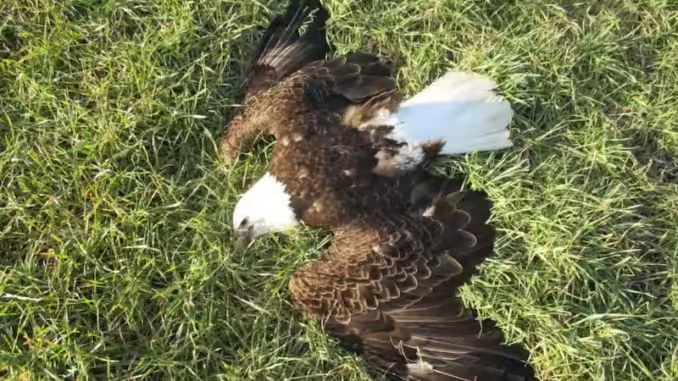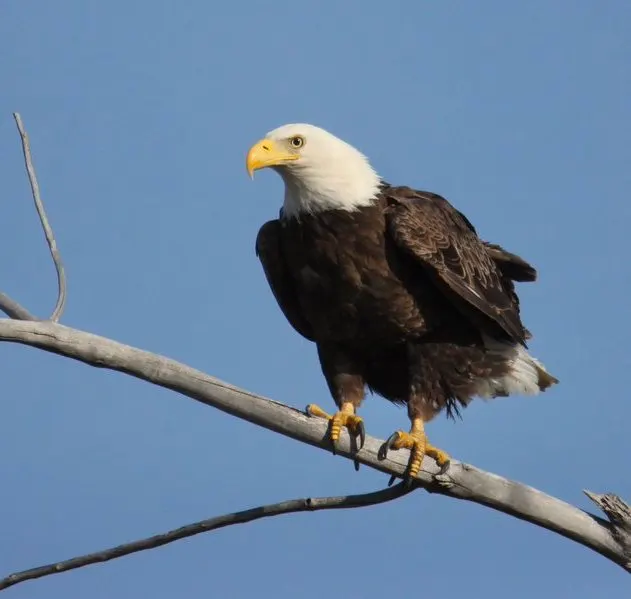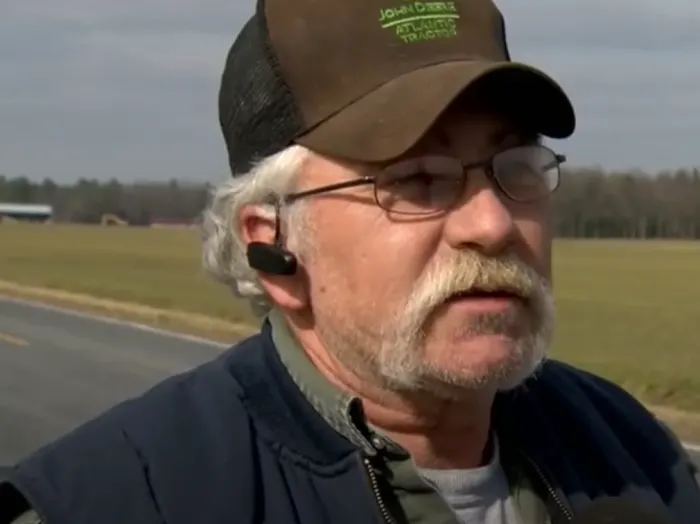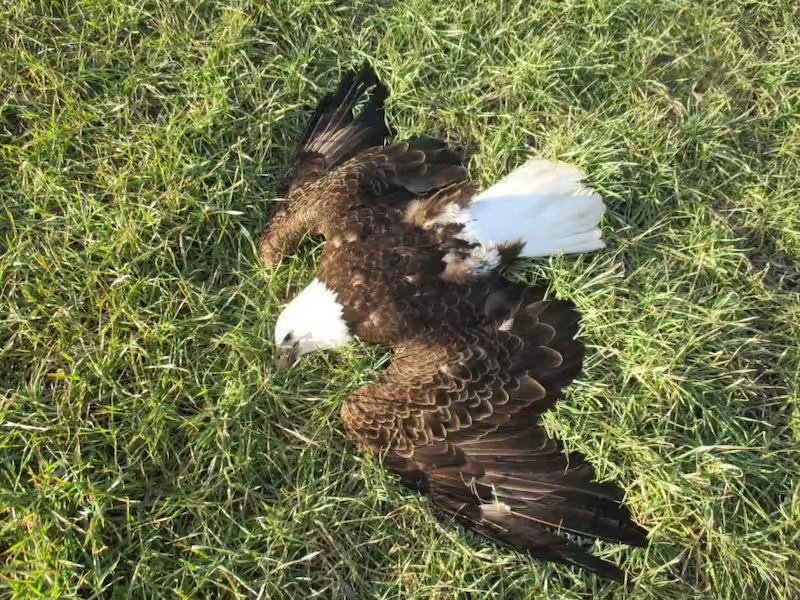
Note: This story was previously covered in February 2016.
Wildlife experts have made progress in understanding the cause of death for 13 bald eagles, though the responsible party remains unidentified.
The eagles, some still juveniles without their characteristic white head feathers, were poisoned by carbofuran, a highly toxic pesticide.

According to the Cornell Lab of Ornithology, even a small amount of carbofuran can be lethal to birds. Its use on food crops was banned by the Environmental Protection Agency (EPA) in 2009, but old containers of the pesticide may still be present in some locations, as noted by toxicologist Karyn Bischoff from Cornell University’s Animal Health Diagnostic Center.
In February 2016, a man searching for deer antlers on Maryland’s eastern shore discovered four of the deceased eagles. The Maryland Natural Resources Police were alerted, leading to the finding of nine more eagles at the Federalsburg site.
The U.S. Fish and Wildlife Service conducted a six-month investigation into the incident, interviewing numerous landowners and property managers in the vicinity, but no definitive conclusions were reached.

John LaCorte, a special agent with the Fish and Wildlife Service, expressed frustration at the lack of clear evidence, telling The Washington Post, “there was no smoking gun.”
Bald eagles were listed as endangered during the time when carbofuran, which once caused the deaths of millions of birds annually, was in widespread use. Despite its ban, reports suggest that farmers may still use the pesticide to control wildlife such as animals feeding on crops like illegally grown marijuana and livestock.
According to Bischoff, animals exposed to carbofuran experience severe symptoms leading to a distressing death involving muscle cramps, vomiting, and respiratory failure. The pesticide can also induce fluid secretion in the lungs, causing animals to suffocate.
The Fish and Wildlife Service conducted necropsies on six of the dead eagles and a nearby raccoon, all of which tested positive for carbofuran.

LaCorte proposed the possibility that one of the eagles may have brought the raccoon to the Federalsburg farm, where others consumed the poisoned animal.
WATCH THE VIDEO BELOW:
Leave a Reply